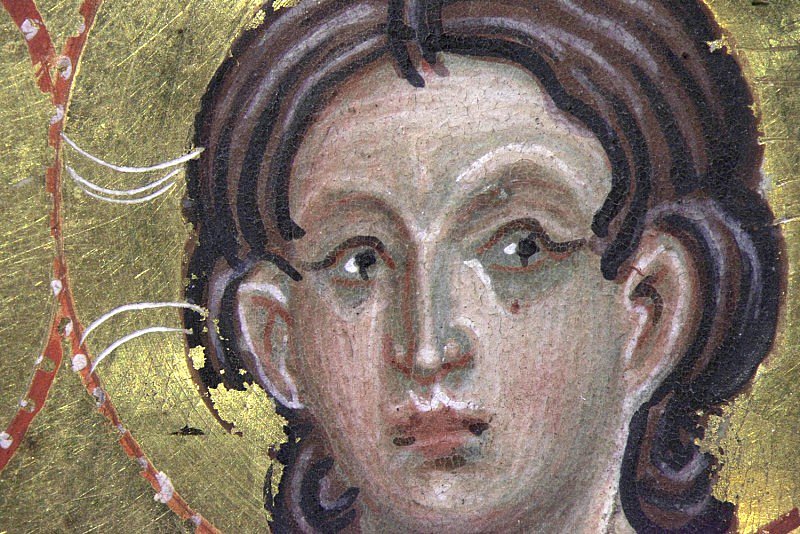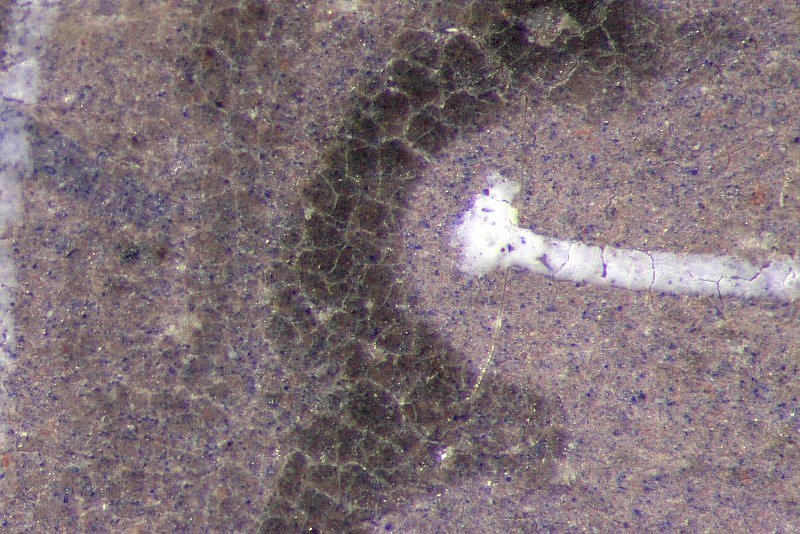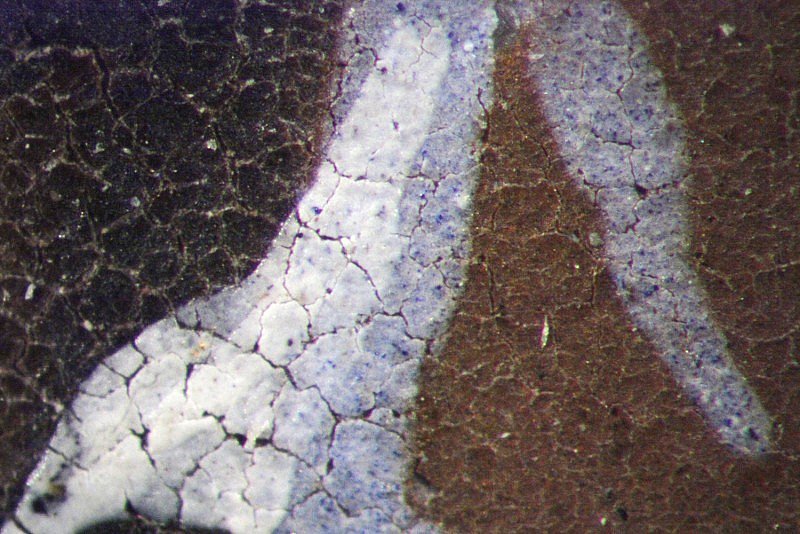The Breslau Psalter
This is one of the most imposing and sumptuous Psalters to survive from the Middle Ages. Much larger than Psalters made for private prayer, with images on every page, it was intended to dazzle and impress.
This Psalter displays the piety, wealth and cosmopolitan tastes of its ducal patrons. It also exemplifies the movement of artists and styles across medieval Europe. The volume was produced in Breslau, Silesia (now Wrocław in Poland) by a team of German scribes and illuminators, but an Italian artist made a brief and brilliant guest appearance. The Psalter was made for a duchess of Breslau, the mother or wife of Duke Henry III (1248-1266). Henry’s brother Vladislav studied at the University of Padua and probably brought the Italian artist with him when he returned north of the Alps to become Archbishop of Salzburg in 1265. The liturgical content reveals that the manuscript was commissioned after 1255 and completed before 1267.
Learn more about the manuscript by exploring the sections below or selecting folios on the right. Discover further details by choosing any of the folios with the hotspot symbol ![]() .
.
This Psalter is the earliest and most richly illuminated in a group of manuscripts made in Salzburg and Breslau, but including images painted in an Italian style. Eleven illuminations painted by a Paduan artist and his Associate display the blend of Italian and Byzantine elements found in contemporary art from the Veneto. All remaining figural scenes – well over 200 – and the profuse ornamentation throughout the volume were provided by seven local artists and their assistants. Some of them worked in a similar style, but did not use the same palette. Others shared pigments, but retained their individual styles.
The manuscript was commissioned by a woman associated with Henry III, Duke of Breslau (1248-1266). It belonged to Bertram, IV Earl of Ashburnham (1797-1878). His heir, the Fifth Earl of Ashburnham, sold it to Henry Yates Thompson (1838-1928) in May 1897. It was purchased at Yates Thompson’s sale (Sotheby’s, London, 23 March 1920, lot 60) by Thomas H. Riches (1856-1935). He bequeathed it to the Fitzwilliam Museum and his widow presented it in 1950.
The manuscript contains the 150 Psalms. These Old Testament poems, central to liturgical, scholarly and devotional practices in the Middle Ages, were the most frequently and richly illuminated biblical texts. Figural scenes and profuse ornamentation grace every page in the Psalter. Twenty-seven full-page miniatures are grouped in ten sections. Each section introduces one of the standard text divisions of the Psalter. The first Psalm of each section also received a large historiated initial. 168 small miniatures adorn the margins beside the remaining Psalms and the Canticles (‘songs’ from the Old and New Testaments). The Calendar, Litany and collects (short prayers), and the borders throughout the volume are populated with hundreds of small scenes and marginal figures.
The numerous artists who contributed to the decoration of this manuscript shared a common palette of lead white, ultramarine, vermilion and verdigris, which has significantly degraded in some cases. They all used organic reds to obtain bright pink as well as tan hues, and generally mixed vermilion with woad in brown areas. However, their different choices regarding the use of yellow pigments, mixtures for flesh tone areas (see Artists’ Techniques), or specific hues, help us understand the division of labour and the practical organisation of the collaborative work.
Gold leaf, burnished to a high shine, was used extensively in the miniatures’ backgrounds. In some cases (e.g. fols. 18r, 73r, 74v) it was applied over a green ground containing verdigris, which has degraded considerably causing significant losses in the metallic layer.



Historiated Beatus initial with God the Father above Christ, the Virgin and St John the Baptist (Psalm 1)
This, the most accomplished illumination in terms of style, technique, composition and iconography, was painted by the Master of Giovanni da Gaibana. The upper lobe of the initial B contains God the Father and two angels. The lobe below contains a Byzantine iconographic scheme known as the Deësis and showing the Virgin and St John the Baptist interceding with Christ for the salvation of humankind. The artist has used elements from both scenes to suggest a third one, Christ’s Baptism. The Baptist’s figure is aligned with the Father’s scroll above, inscribed with a quotation from St Matthew’s account of Christ’s Baptism, Hic est filius meus dilectus in quo… (‘This is my beloved son in whom…’). The intersection with the dove of the Holy Spirit unites the Father above and the Son below into a vertical image of the Trinity. The prophetic psalmody of King David (in the left letter shaft) harmonises the Old Testament poems and their New Testament fulfilment. In the curves on the right, Solomon praises God’s wisdom pictured beside and referred to in the opening words of Ecclesiasticus, omnis sapiencia a domino (‘all wisdom is from God’), penned on his scroll. Below, Isaiah predicts Christ’s virginal conception, his scroll inscribed with his prophecy, Ecce virgo [concipiet] (‘Behold, a virgin shall conceive’).
The image exemplifies the Gaibana Master’s salient features: compositions and protagonists resembling Byzantine icons; drapery with rhythmical folds, nestled patterns and thick impasto creating a relief effect; fabrics highlighted in white, geometrically shaped areas and shaded in darker, transparent glazes; flesh and facial features outlined in red, painted with earth pigments and built in gradation from a dark, green-grey undertone through carefully blended flesh colour to red shading and white highlights (hotspot 1). The violet colour in the initial, a mixture of vermilion and ultramarine blue, is unique in the manuscript (hotspot 2). The light grey hue on the border of St John the Baptist’s mantle was obtained by mixing a small amounts of ultramarine blue with lead white (hotspot 3).
